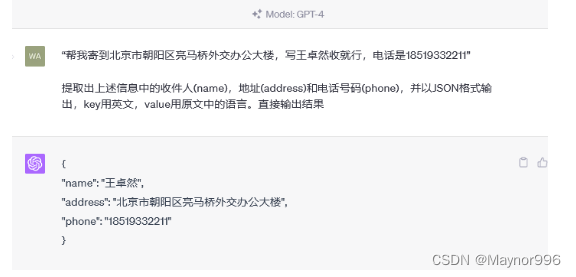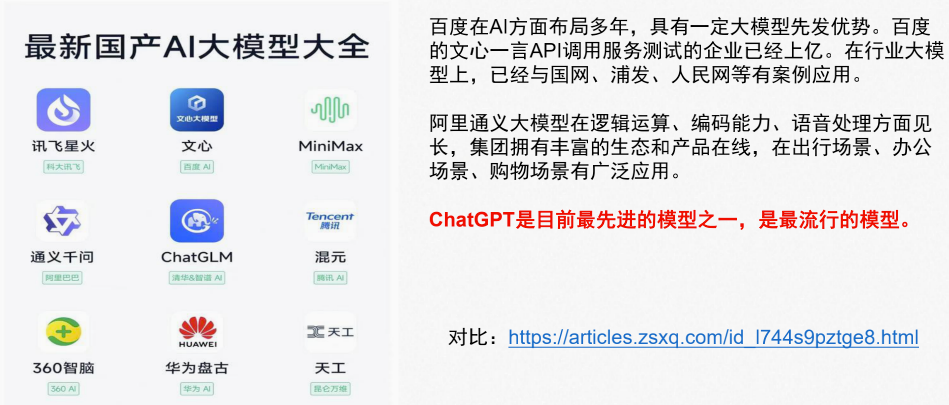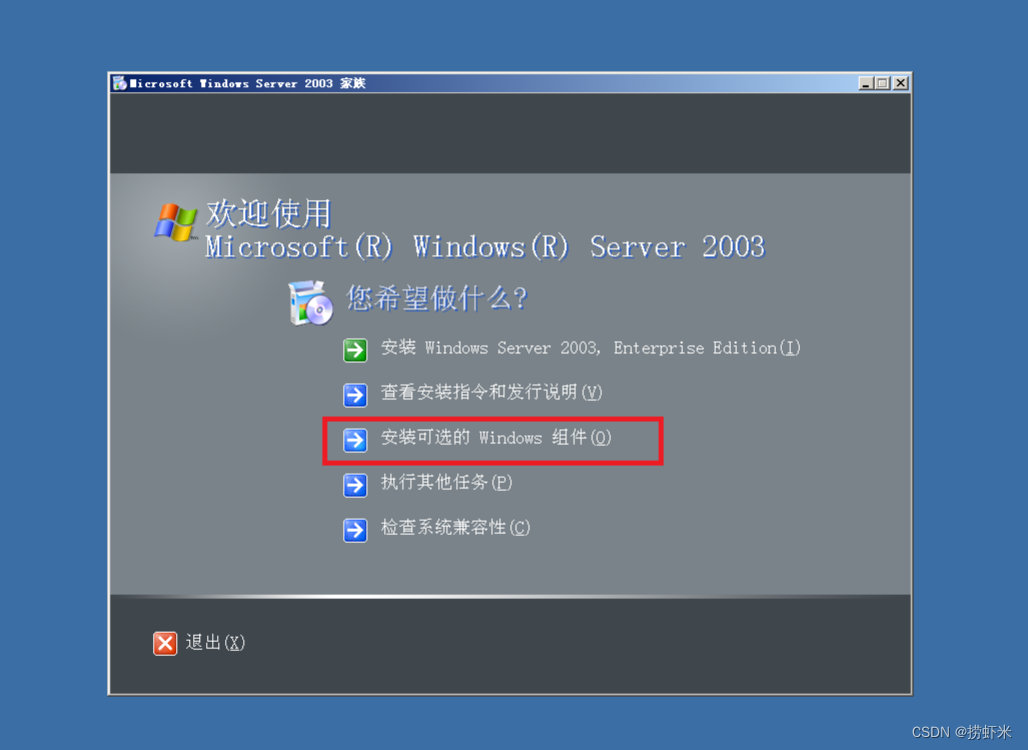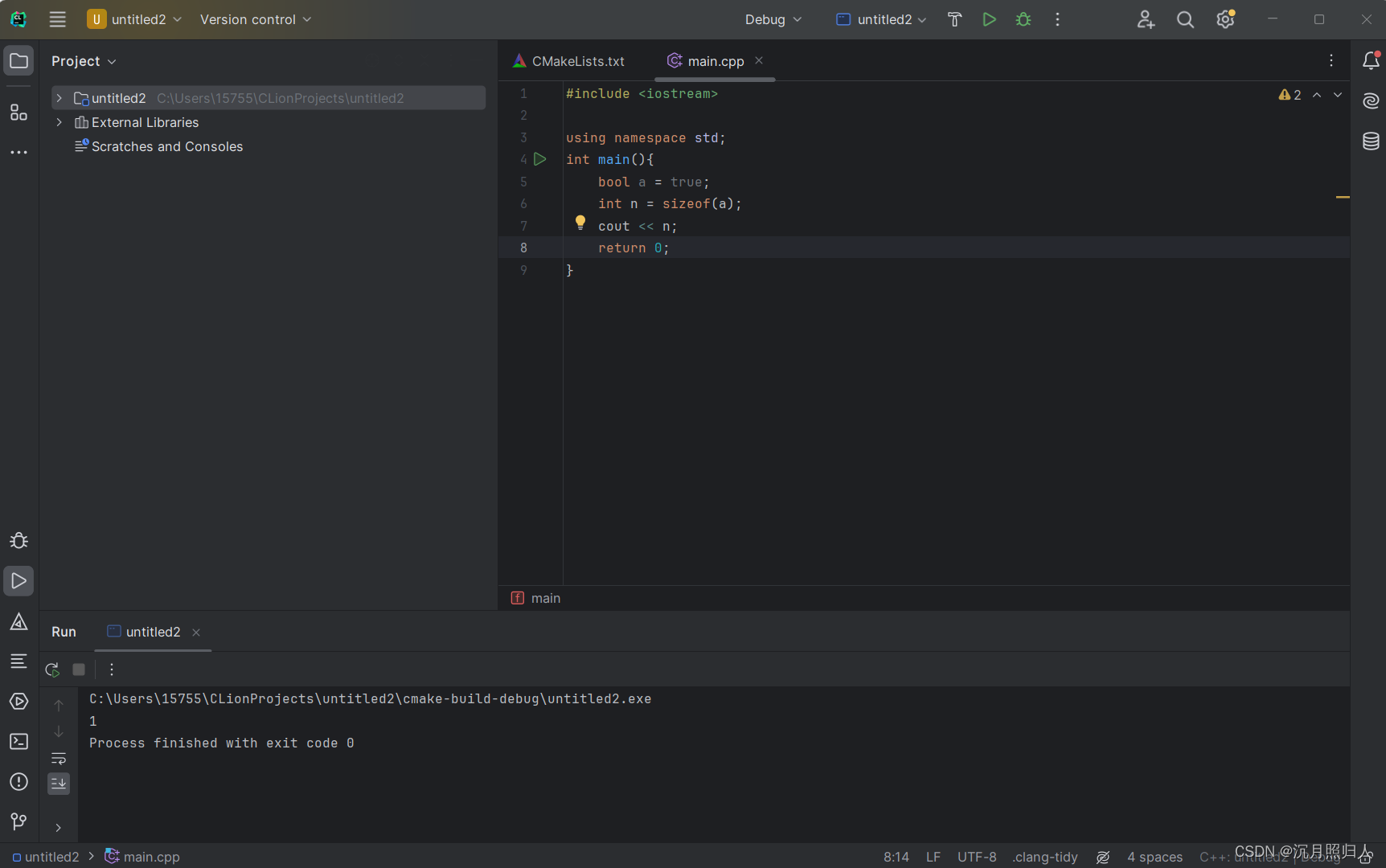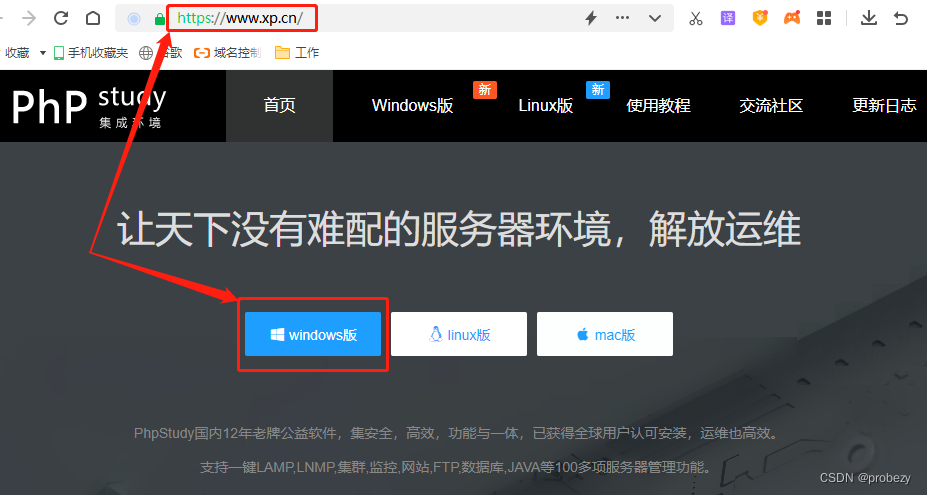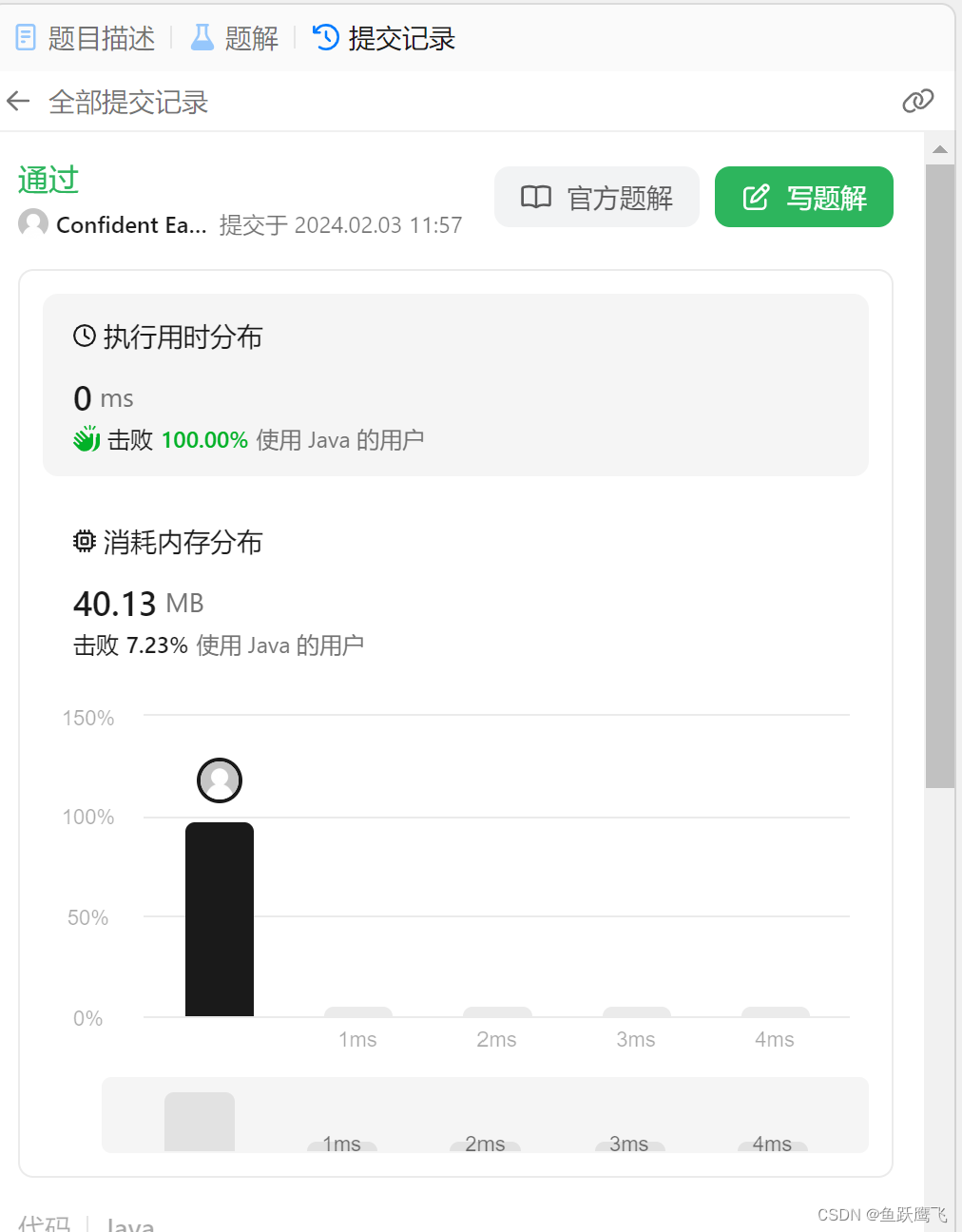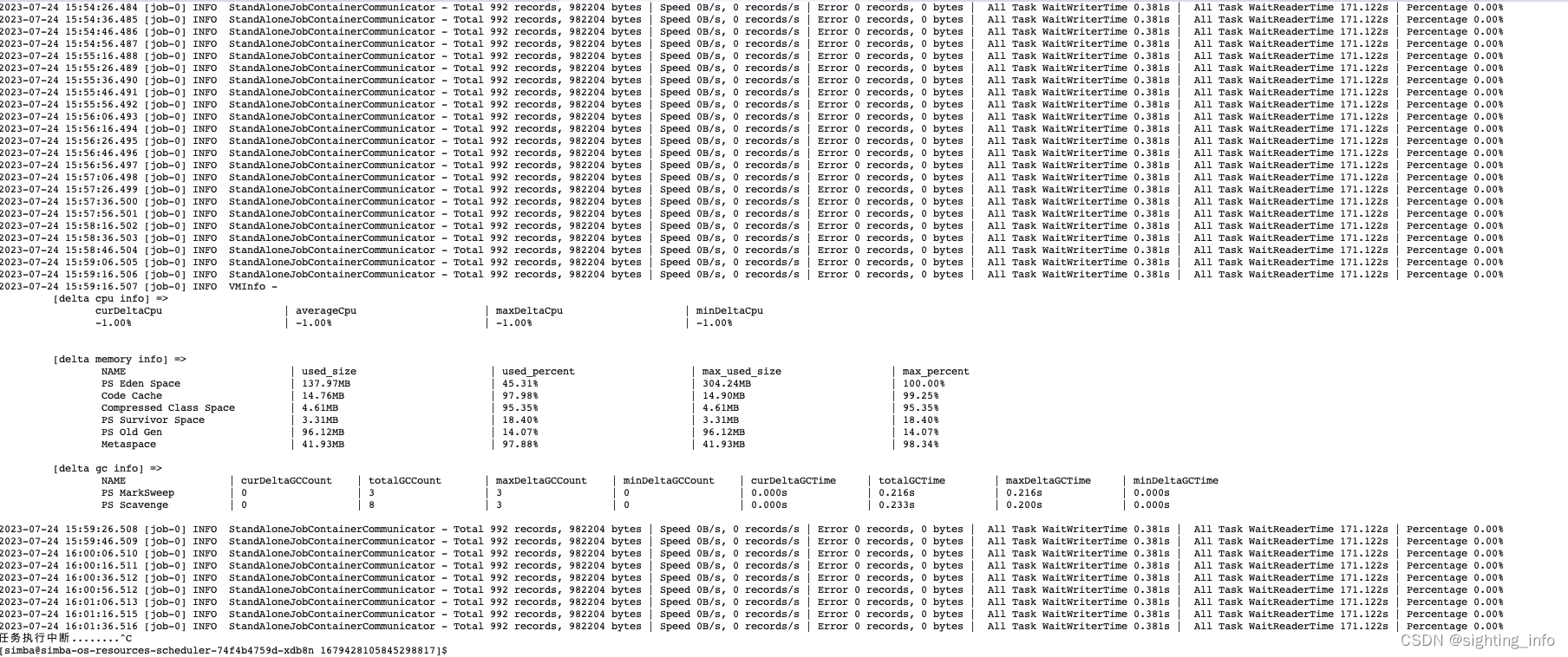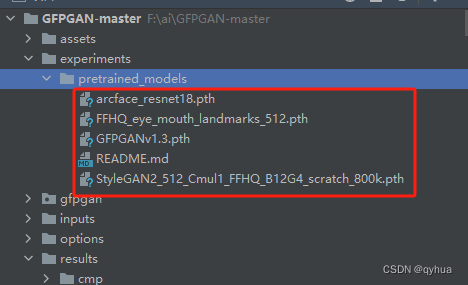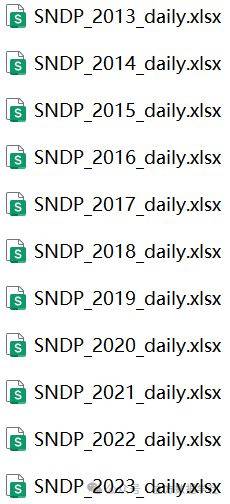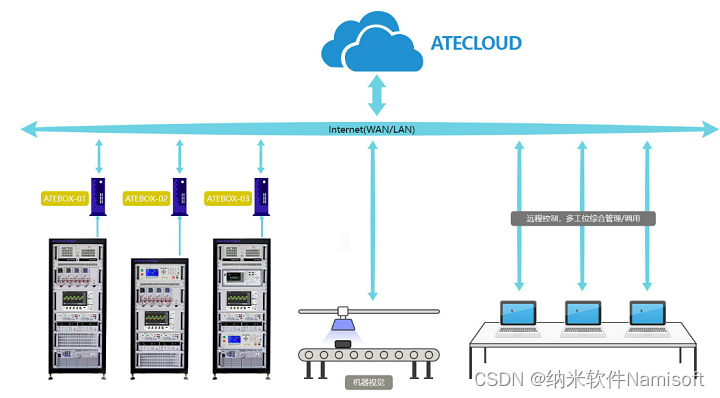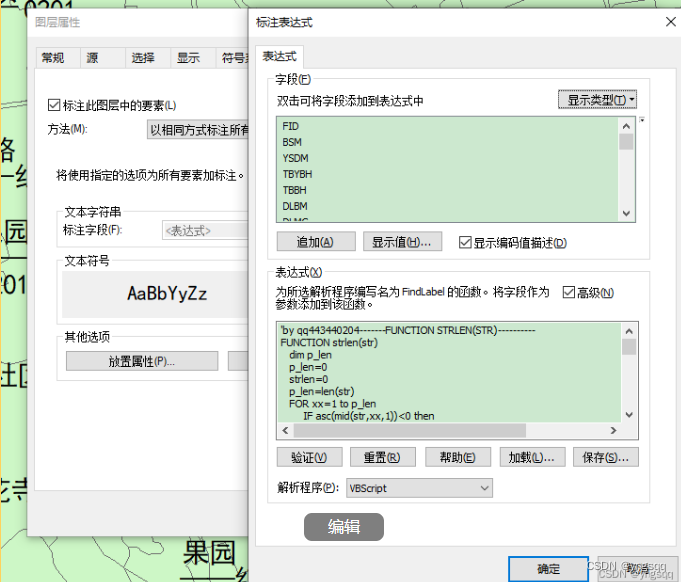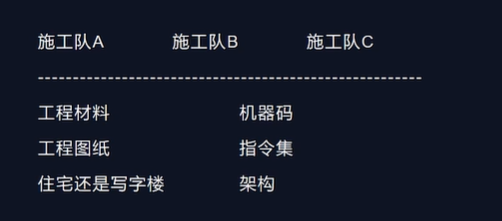headless 英文释义:
在没有用户界面的情况下运行;具体地说,在没有显示器、键盘和鼠标的情况下运行。
Running without a user interface; specifically, running without a monitor, keyboard, and mouse.
说明
所谓的“无头系统”(Headless System),指的是一个计算机系统或设备被配置成无显示器(无头)、无键盘鼠标运行的状态。人们通常通过网络来控制一个运行“无头系统”的设备,有时这个过程也会通过串口来完成。在服务器上这样的运行方式很常见,人们通过将服务器配制成“无头系统”来减少系统开销。
无头系统是指运行时没有显示器、图形用户界面(GUI)或键盘和鼠标等外围设备的计算机。
无头计算机通常是嵌入式系统,适用于各种设备、多服务器的数据中心等情况。比如,工控机、汽车、医疗设备、相机、家用电器、飞机、自动售货机和玩具等嵌入式系统的主机。因为必须针对每种设备的特殊用途功能创建专用软件,所以这些设备类型的多样性使得嵌入式系统编程变得复杂。
Headless模式虽然不是我们愿意见到的,但事实上我们却常常需要在该模式下工作,尤其是服务器端程序开发者。因为服务器(如提供Web服务的主机)往往可能缺少前述设备,但又需要使用他们提供的功能,生成相应的数据,以提供给应用程序。
在企业数据中心和云提供商环境等有大量服务器的环境中,无头服务器是常规而非例外。服务器可能完全没有接口,也可能是以无头模式远程运行的普通计算机。
A headless system is a computer that operates without a monitor, graphical user interface (GUI) or peripheral devices, such as keyboard and mouse.
Headless computers are usually embedded systems in various devices or servers in multi-server data center environments. Industrial machines, automobiles, medical equipment, cameras, household appliances, airplanes, vending machines and toys are among the myriad possible hosts of embedded systems. The variety of device types makes embedded systems programming complex because software must be created specific to the special-purpose functions of each one.
Headless servers are the rule rather than the exception in any environment where there are a lot of servers, such as enterprise data centers and cloud provider environments. The servers may completely lack interfaces or may be ordinary computers run remotely in headless mode.
展开介绍
headless模式的另一种解释是表现层和功能层的关系,如果功能在后端,不在用户本地,就是无头。
无头产品是一种将前端展示层与后端功能分离开来的软件或应用程序。这种分离允许在网站、应用程序、自助服务终端和 IoT 设备等各种平台上灵活交付内容。品牌喜欢这种架构,因为它能释放创意自由,打造独特的店面体验,而这在单一平台上通常是不可能实现的。开发人员热衷于无头架构,因为它提供了独特的开发控制水平,让他们可以自由地利用可组合的技术堆栈,选择最佳的商务工具。无头系统使您能够为不同的客户接触点创建多种前端体验。您的网络、手机、语音和销售终端(POS)等前端可以通过应用程序接口层与单一的后端系统对话,这使新兴品牌能够真正实现全渠道,并迅速进行国际扩张。在后端,您可以使用松散耦合、细粒度的服务来满足品牌复杂的运营需求。由于技术堆栈是可组合的,因此您可以即插即用地实施自己喜欢的内容管理系统、客户关系管理或数字化体验平台(digital-experience-platform)。此外,由于没有供应商锁定,您可以在业务需求发生变化时随时更换这些最佳的服务。
A headless product is a software or application that separates the front-end presentation layer from the back-end functionality. This separation allows for flexibility in content delivery across various platforms like websites, apps, kiosks, and IoT devices. Brands love this architecture because it unlocks the creative freedom to build unique storefront experiences that are typically not possible on monolithic platforms. Developers are eager to go headless because it offers a unique level of development control and gives them the freedom to leverage composable tech stacks with their choice of best-of-breed commerce tools. Going headless enables you to create multiple front-end experiences for different customer touch points. Your web, mobile, voice, and point of sale (POS) front-ends can talk to a single backend system via the API layer, which allows emerging brands to be truly omnichannel and rapidly expand internationally. On the back end, you can use loosely coupled, fine-grained services to meet your brand’s complex operational needs. Since your tech stack is composable, you can implement your preferred CMS, CRM, or DXP on a plug-and-play level. There’s also no vendor lock-in, which allows you to swap out these best-of-breed services whenever your business needs change.
有头产品是指前端表现层与后端功能紧密结合的软件或应用程序。这意味着前端和后端紧密集成,前端的任何更改都需要后端的更改。这种架构通常用于传统的单一平台。
总之,有头产品和无头产品的主要区别在于,有头产品的前端表现层与后端功能紧密耦合,而无头产品则将前端表现层与后端功能分离。
A headed product is a software or application that has a tightly coupled front-end presentation layer with the back-end functionality. This means that the front-end and back-end are tightly integrated, and any changes to the front-end will require changes to the back-end. This architecture is commonly used in traditional monolithic platforms.
In summary, the main difference between headed and headless products is that headed products have a tightly coupled front-end presentation layer with the back-end functionality, while headless products separate the front-end presentation layer from the back-end functionality.
参考:
1,WikiDiff
Headed vs Headless - What's the difference? | WikiDiff
2,CSDN
什么是“无头系统”(Headless System)-CSDN博客
3,TechTarget

